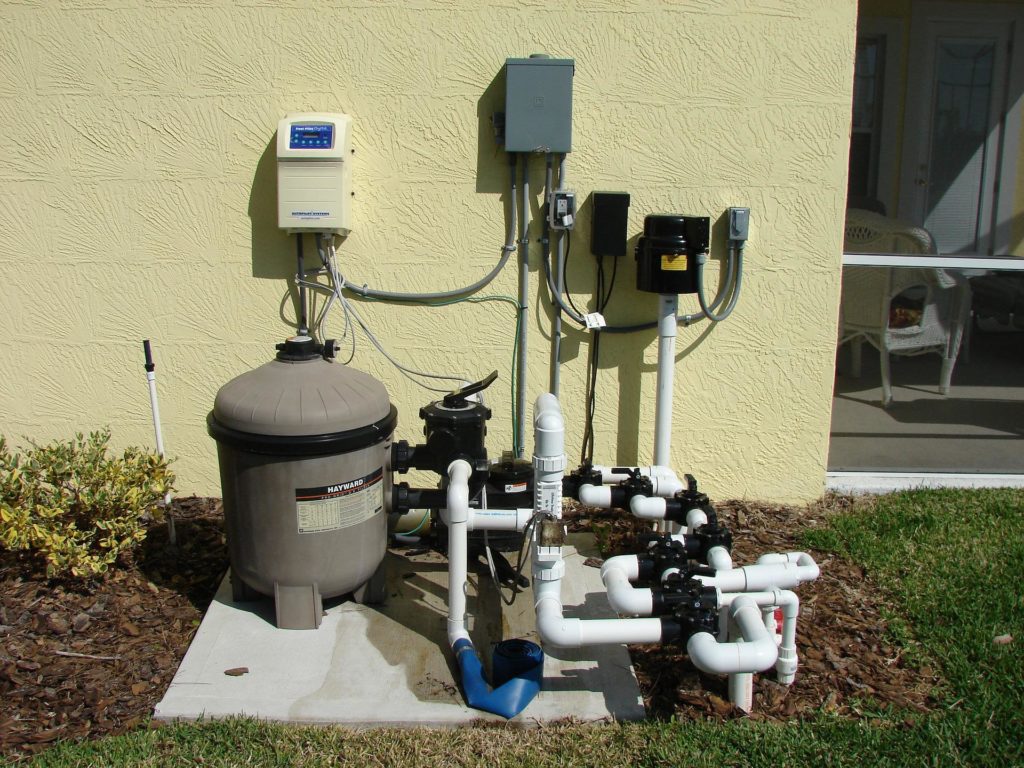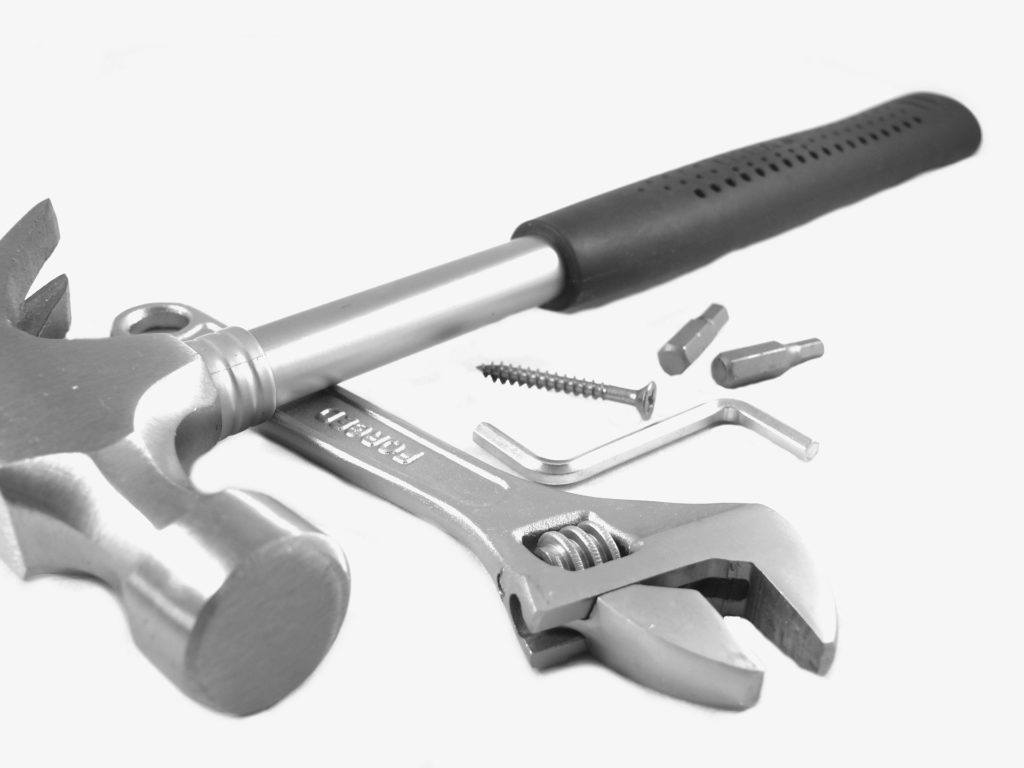There are several advantages of using air vacuum pumps in your manufacturing process. Some of these benefits include less outgassing and backstreaming, less energy consumption, and it just ensures that you do fewer leaks. Here are a few more benefits of air vacuum pumps with descriptions. Read on to see if this is something you might benefit from for your manufacturing process. This article will cover some of them, but if you want to find more than we recommend contacting an air vacuum pump provider to find an answer to all your queries.

How To Choose One?
When choosing an air vacuum pump, it is important to consider its main purpose and holding pressure. While most pumps are primarily used in pump-down processes, some of them are also designed to handle high process gas loads. Depending on your application, you may find that you need to use a more powerful pump to achieve the required level of vacuum.
One of the most important aspects of an air vacuum pump is its throughput, which is the rate at which it removes gas molecules from a closed volume. This rate is often expressed in volume per unit time. For some gases, the throughput of an air vacuum pump will be higher than the rate of the gas that it is intended to transport. However, this pumping speed is not a universal measurement. For some gases, the pumping rate is based on the volume of the gas and its composition.
To determine which type of pump to use for your business, you need to know what your requirements are. The main purpose of the pump will determine which type to choose. Also, determine the required holding pressure. While some air vacuum pumps are designed for pump-down processes, others struggle to handle the high gas loads that come with a process. For these reasons, choosing a pump that’s designed for pump-down processes is essential.

Maintenance
When it comes to regular maintenance, air vacuum pumps are no exception. By following a few simple guidelines, pump owners can save money and downtime. First, check the oil level. Clean oil is light yellow and will appear like vegetable oil. Dirty oil is darker and indicates the need for preventative oil changes. In addition to checking the oil levels, check for leaks, odd noises, and a change in performance. When in doubt, call a professional.





